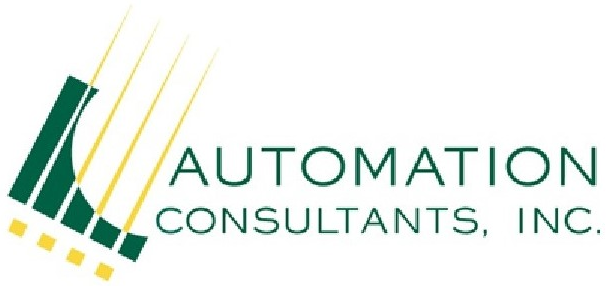A cover-up, or an attempt to conceal evidence of wrongdoing, error or unethical actions, can prove harmful and costly for an organization. Often starting small, a cover-up can turn into a scandal that forever tarnishes the reputation of an institution.
However, some cover-ups may actually be viewed favorably by employees. New research from the University of Notre Dame identifies two common types of cover-ups and reveals why some are allowed to continue unchecked.
“Understanding When and Why Cover-Ups Are Punished Less Severely” is forthcoming in the Academy of Management Journal from Timothy Kundro, assistant professor of management and organization at Notre Dame’s Mendoza College of Business.
Kundro, along with Samir Nurmohamed from the University of Pennsylvania, reviewed organizational cover-ups over the past 100 years and surveyed 400 full-time employees across a range of occupations and organizations, asking them to recall either a personal or a relational cover-up either within or outside their organizations. The vast majority (98 percent) were able to recall specific instances of cover-ups within their organizations.
“Our research revealed that cover-ups are more common than we may assume, which means finding ways to reduce them is critical for organizations,” said Kundro, whose research examines when and why employees engage in dysfunctional behavior, specifically looking at ethics, discrimination and impression management.
The researchers discovered two broad types of cover-ups. In some cases, transgressors hid their own misdeeds (personal), and in other instances, they covered up those of others in their group (relational).
“Our studies show that one reason cover-ups may continue unchecked and are so pervasive within organizations is because members of a group (or ‘ingroup’ members) have a problematic tendency to show leniency toward transgressors who cover up for others. We found this is because they view these cover-ups as acts of loyalty,” Kundro said. “Ingroup members, unlike those outside the group (‘outgroup’), recognized and appreciated the self-sacrifice and benefits that relational cover-ups provide to their own team.”
However, ingroup members are not lenient in all types of cover-ups. They are quick to denounce and punish those who cover up for themselves. For example, ingroup members might denounce those who cover up their own fraud, but not those who cover up fraud committed by another organizational member.
“In the case of personal cover-ups, both ingroup and outgroup members punished, reprimanded and verbally berated those who committed the cover-up,” Kundro said. “It’s really only with relational cover-ups — where a transgressor covers up for someone else — where we see leniency emerge. This is particularly problematic, since it means cover-ups can grow within organizations as more individuals become involved. They can become hard to contain.”
Prior research shows individuals are more willing to permit unethical behavior committed by members of their own group or tribe, while other research suggests ingroup members take a strong stance against unethical behavior in their own group because it threatens their standing and survival.
This study adds context by showing that ingroup punishment is dependent on the type of cover-up. It also reveals the dangers of highlighting loyalty as a moral virtue. While loyalty has organizational benefits, such as increased commitment and perseverance, the study shows how it can be a double-edged sword leading individuals to condone or even encourage problematic behavior.
“Ingroup members are the first line of defense when it comes to cover-ups,” Kundro said. “While they are best positioned to stop and report cover-ups and often truly believe they would do so, our results show they actually are the least likely to halt relational cover-ups. Recognizing this bias is important. Managers should encourage employees to recognize they may have this systematic bias and tendency — encouraging employees to recognize the potential costs of all forms of cover-ups.
“From the outside, we always wonder how these scandals could possibly happen,” he said. “However, from the inside, our research shows that the lines are blurrier — in large part because of the power of loyalty.”
To learn more, visit the Academy of Management Journal website at
https://journals.aom.org/doi/epub/10.5465/amj.2018.1396.


